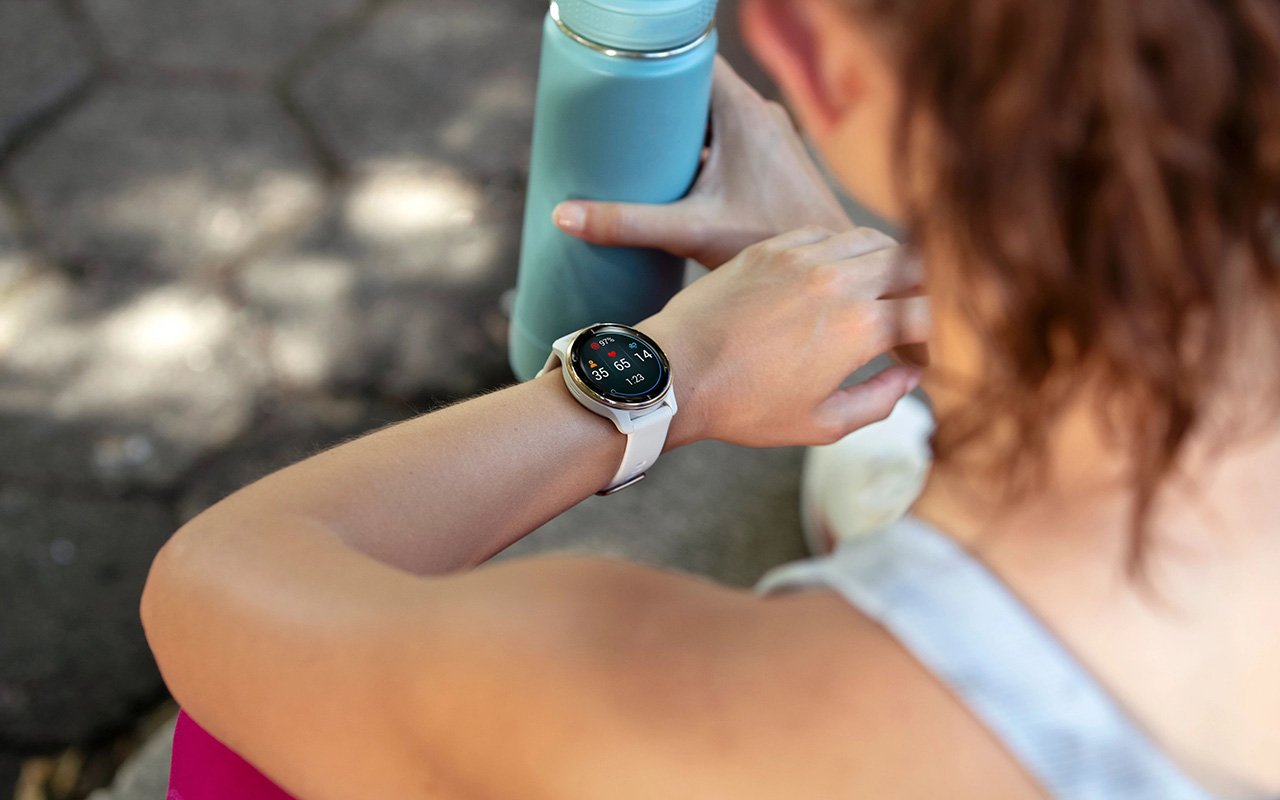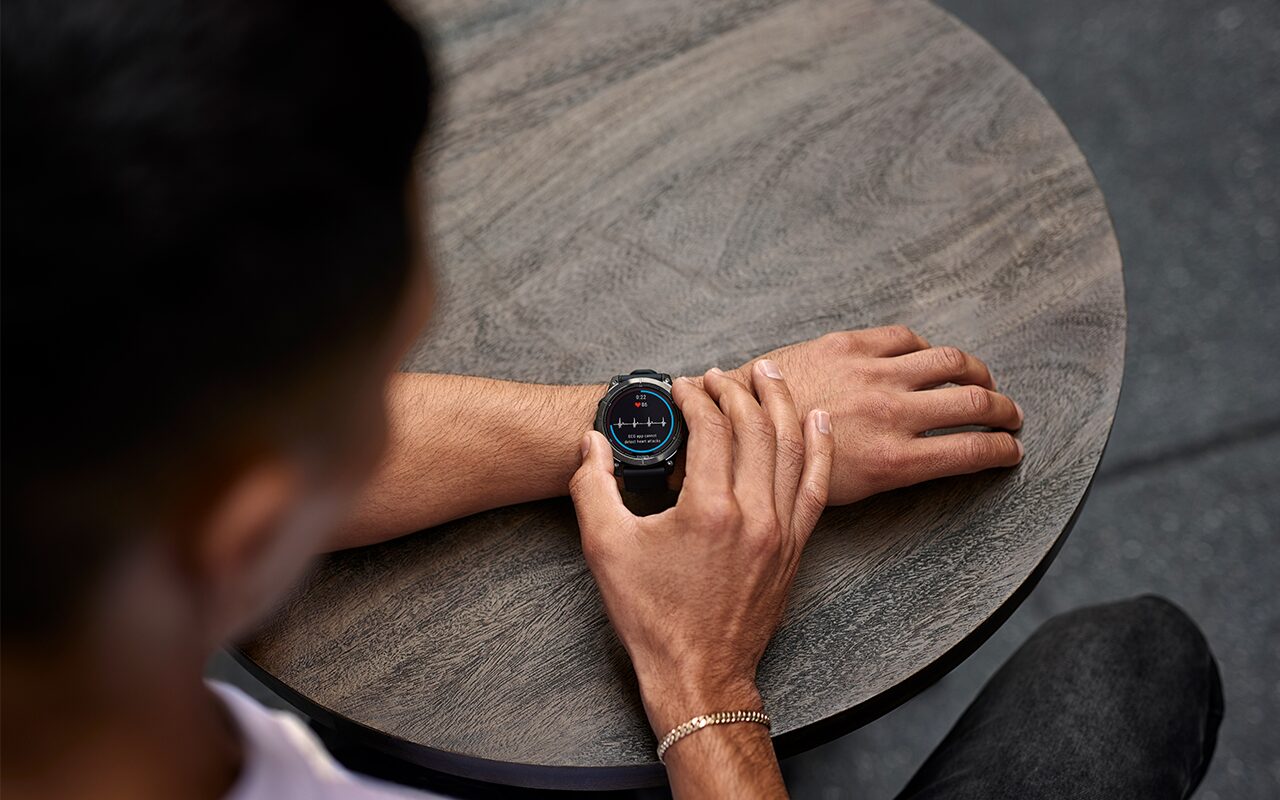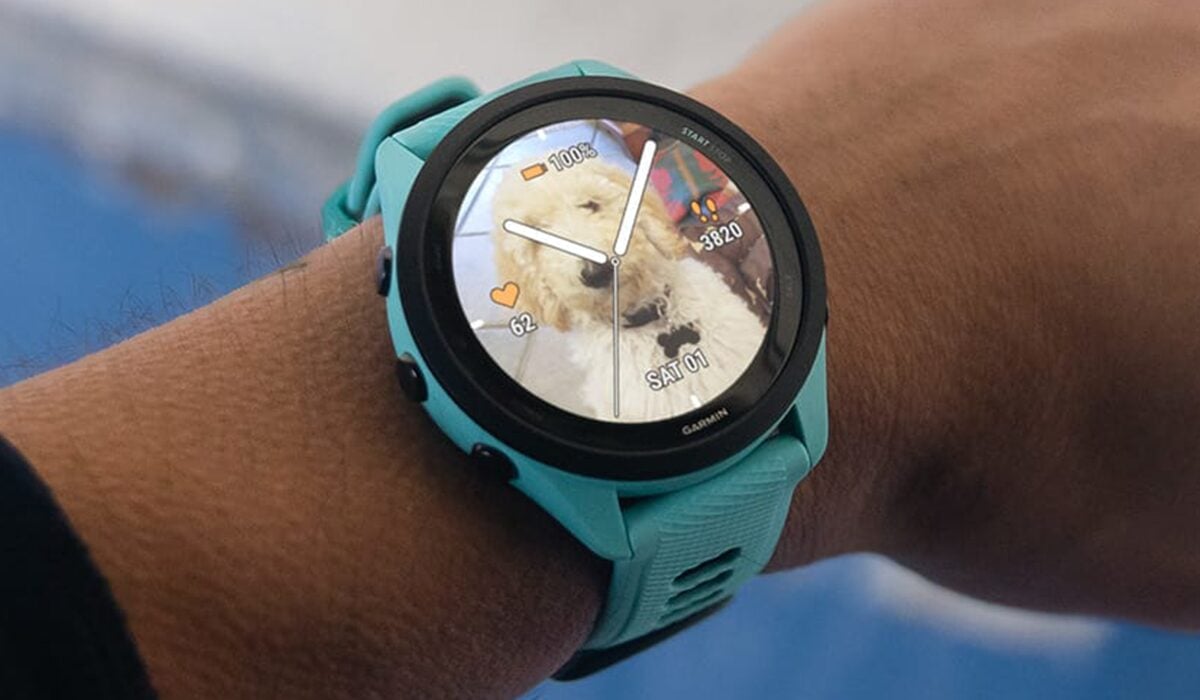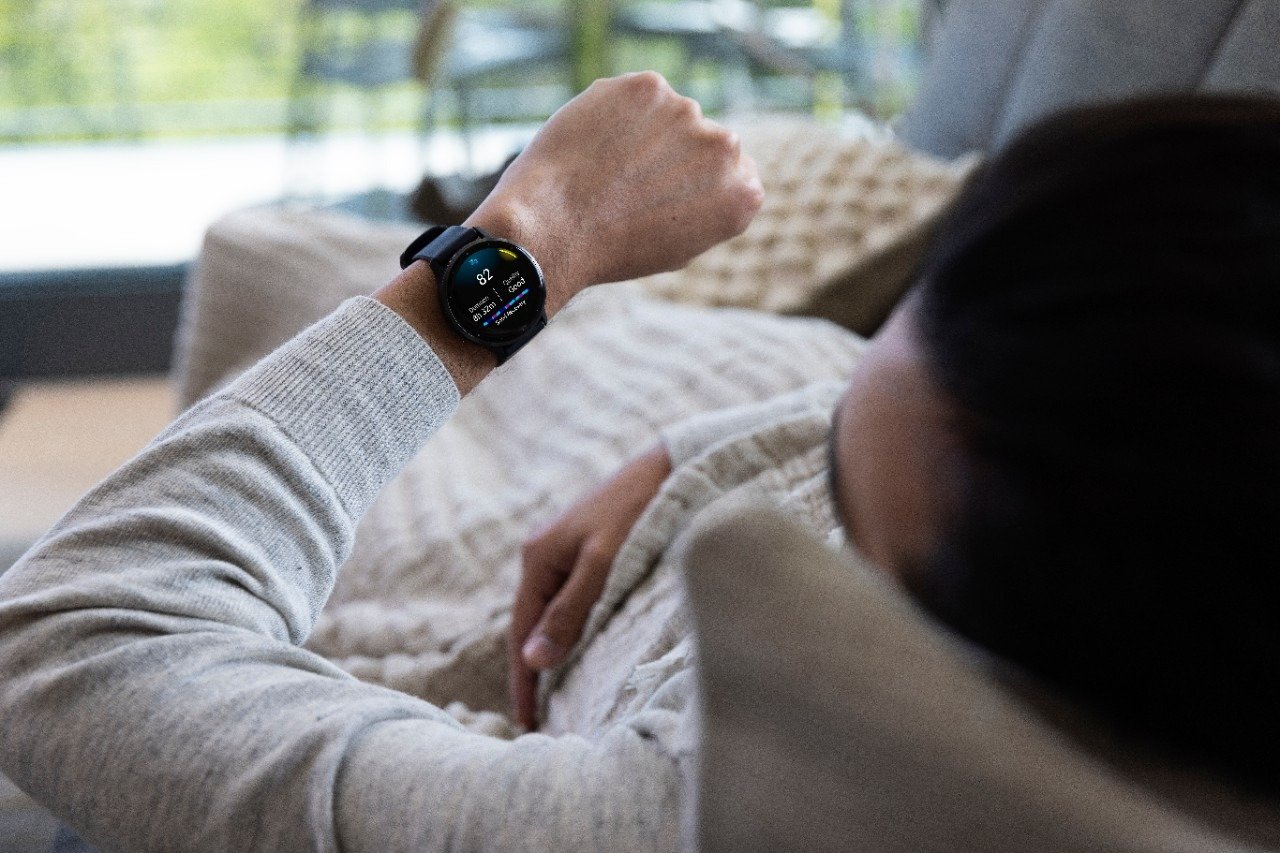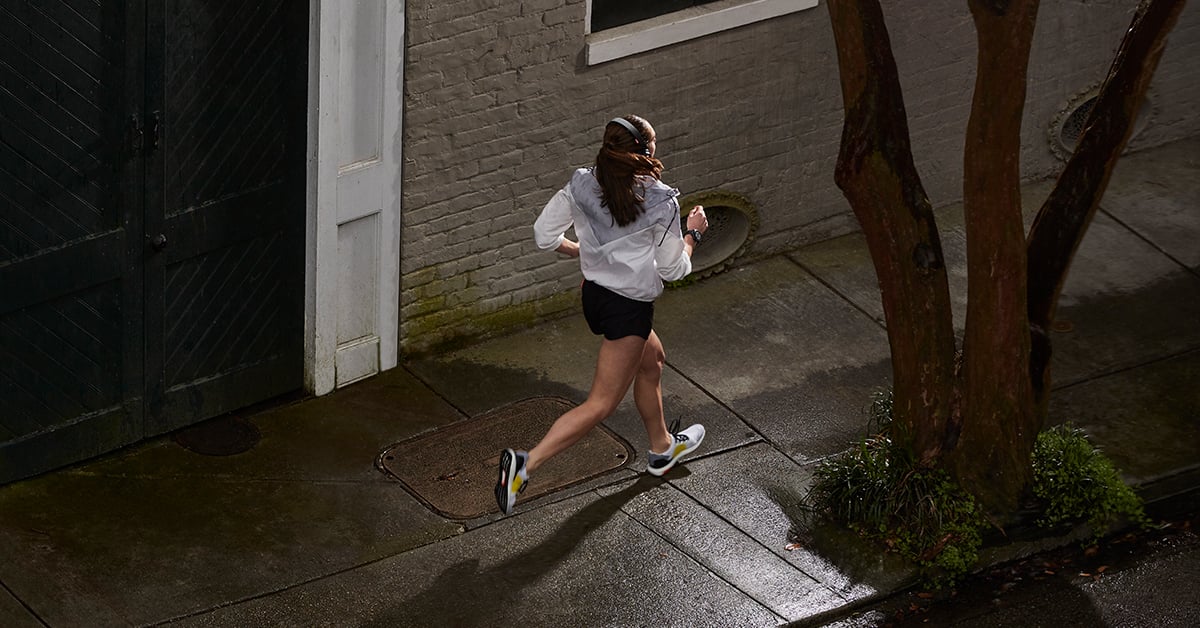
What is it Like Running a Stage Race?
By Fitness Ambassador Jacky Hunt-Broersma
In August I had the amazing experience of running the TransRockies stage race in Colorado. I became the first female amputee to take on this race. The race has two options: A six-day race, which covers 120 miles of running with a 20,000 ft elevation gain and a three-day option, which covers 60 miles with an 8,000 ft gain. This race is challenging not only because of the terrain and distances but also because you run at altitude. Stage 1 starts at a staggering 8,000 ft. This was the first time that I did a stage race and the first time that I ran at altitude — and I loved it.
What do you love about stage races?
The best thing about stage races is the people. It’s a wonderful community and everyone is welcome, no matter your pace, age or experience. Every night you head back to camp to hang out with other trail runners and chat about the day’s adventure, their lives and what brought them here. I met so many wonderful people with so many great stories. Everyone was willing to help each other and make sure every single person made it to the finish line of each stage. Each stage is also very different. Different route, type of terrain and spectacular views, so you never get bored.
How do you train for a stage race and a race at altitude?
Cary, North Carolina, where I live isn’t flat, but there aren’t any mountains, which means I had to be creative with my training. Sometimes it meant that I had to repeat the same loop over and over on my long runs just to get the vertical miles in. If I couldn’t find enough hills, then I would put my treadmill on 12% incline and run two 2-hour sessions on it. Normally one in the morning and one in the evening.
Another challenge I had was altitude training. I live 384 ft above sea level and the race starts at 8,000 ft. A big difference between Cary and the mountains of Colorado. All I could hope for was that training in the heat and humidity of North Carolina would make up for my lack of altitude training. I do think that training in the heat and humidity helped me cope better with the altitude, but nothing beats the real thing.
What are the challenges you faced running this race as an amputee?
Running trails can be challenging on its own because you need to watch out for uneven ground, roots, rocks and any other obstacles, but the difficulty with running on a blade is that you don’t feel the ground and you get no feedback from your foot to warn you of any obstacles. I also don’t have an ankle, which makes movement on uneven terrain very tricky. The heat and altitude also affected my stump from day 1 and caused severe blisters, and because I hadn’t dealt with blisters on my stump before, I didn’t know how to treat them. Luckily the medics were fantastic and they helped me get to the finish line. My stump also took a beating from running all the miles … and you don’t get much time to recover before you are out running long miles again the next day. On Stage 2, I fell hard on a downhill section — I think my blade caught a root. I messed up my knee and hip really bad, but my fellow trail runners helped me up and on I went to finish stage 2. Luckily, my blade didn’t break, and I was able to finish the race.
How has Garmin helped you succeed?
I run with a Forerunner 945,
which has an Altitude Acclimation function, and it was great to see my daily
improvement. Every day my body got
better at running at altitude. Seeing that improvement on my Garmin helped me
mentally to keep pushing forward, because I knew I was getting used to running
at altitude and meant I was getting stronger.
How was the three days of running split up?
Stage 1 – 22 miles/35K (3,000 ft/900 meter gain)
We started in the beautiful town of Buena Vista at an altitude of 8,000 ft and made our way to Railroad Bridge. Stage 1 has the lowest elevation gain of the entire race, but a stage that proved to be one of the hardest because of the heat. The running surface varied from gravel and rock to sand on a mix of trails, four-wheel drive roads and forest service roads, but you have absolutely no shade, and running 22 miles/35 km in the blazing sun is hard for anyone.

Stage 2 – 13 miles/21K (3,300 ft/1,000 meter gain)

This day starts from Vicksburg, not far from the turnaround point of the
Leadville Trail 100. This was the most
challenging stage for me because of the elevation gain and altitude. You start with a steep climb at 2.5 miles to
Hope Pass, which is at 12,500 ft, and once you are on top, it’s a steep
technical decent down to Twin Lakes. But the views from Hope Pass were spectacular
and worth the climb. One of the highlights of the race.
Stage 3 – 25 miles/40K (3,000 ft/900 meter gain)
This stage starts in Leadville and you finish at beautiful Camp Hale. This was the longest stage, but with the climb out of the way early on, it made it one of the easiest stages for me.
Will you run a stage race again?
I would absolutely run another stage race. It was one of the most beautiful experiences I have had in my running journey. I would love to tackle the 6-day TransRockies race … or does this call for something crazier like the Marathon des Sables?
The adventure continues.
